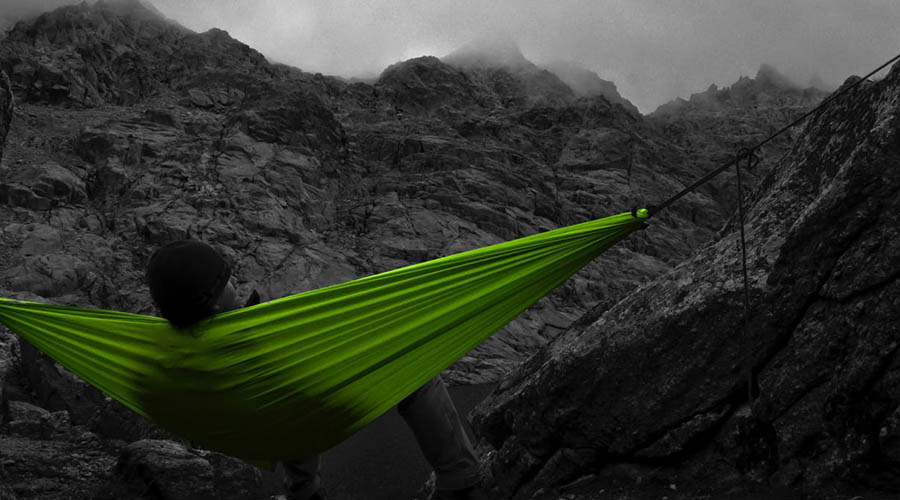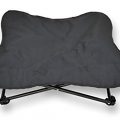Hammock camping is a type of camping in which campers spend the night or sleep in hammocks that are suspended rather than sleeping in tents that are set up on the ground. Hammock camping has been around for a long period of time and they are a great way to enjoy outdoor sleeping and also experience relaxing views.
With all this said hammocks can also be dangerous and uncomfortable when not well suspended or set up. In this article, we are going to give you 10 amazing tips that you can incorporate into your hiking or camping trips while using hammocks so as to be comfortable and safe.
1.) Insulation
Inadequate insulation in the hammock causes cold nights when temperatures drop below 21 degrees Celsius. Insulating the hammock’s underneath is highly advised so as to prevent convective heat loss well known as Cold Butt Syndrome (CBS). To prevent this you can use sleeping pads for hammock or underquilts. You should also consider to put on clothes that are warmer.
2.) Lay diagonally in your hammock
You may think sleeping in line with the hammock is comfortable but it ain’t. You should sleep in a diagonal position so as you can be in an ergonomic flat position. Laying diagonally allows you to sleep on your side comfortably if this is always your sleep position. This can only be achieved when a good sag is achieved.
3.) Use a bug net
If your hammock has a net there is no need of carrying but if it doesn’t, you pack a bug net. Bug net will help keep off flying bugs (mosquitos, moths, flies e.t.c) from disrupting your good night sleep.
4.) A deep sag
When suspending your hammock make sure that the center should so low and the side ends high so as to achieve comfortability and also allow you to lay diagonally. Deep sag also prevents accidental fallouts due to the high walls and low gravity pull (high stability).
Suspending your hammock tightly causes cocooning effects that curve your back and compress your shoulders. A deep sag can be achieved from an angle of 30 degrees.
5.) Choose the right hammock
in this era, there are tonnes of companies that manufacture hammocks and hence making it confusing when one wants to choose the right hammock for his/her camping activities. Good hammocks use superior fabric and materials. The hammock should be triple stitched so as to have enough strength and safety.
Before purchasing a hammock you should check the online reviews and also the weight indicated on the hammock that it can safely accommodate.
6.) Use a tarp
Tarps are important and they help protect you from rain and wind (to keep warm and dry). Tarps with sufficient coverage are highly encouraged. An 8 X 10 tarp should serve you well.
7.) Hammock suspension
A comfortable hammock is achieved by suspending the hammock ropes at around 30 degrees or more. Tight hammocks i.e less than 20 degrees exerts a lot of tension on the hammock ropes, may cause breakage and also instability on the hammock.
Tight hammocks can also result in discomfort due to the high gravitational pull and have a shallow sag. The hammock should also be suspended near the ground, this is also convenient because you can easily reach your belongings from the ground without basically getting up.
Webbing straps should also be used on trees or anchor points this prevents the destruction of the anchor point or tree.
8.) Use a drip line or water break
Drip line can be a piece of cloth, plastic or even a shoelace that is used to provide a track for water that flows down the hammock ropes. Drip lines come in handy when it’s raining, they prevent rainwater from flowing or seeping through the hammock ropes and eventually down to your hammock.
The drip line should be placed at the start of a tarp so as to prevent your hammock and sleeping paraphernalia from getting wet.
9.) Knee pillow
You can use a knee pillow to prevent pressure that you may feel under your knee this depends on your height or your hammock’s size. Hammocks that are long and less wide are usually more comfortable.
10.) Chose a right place
Hammocks should not be suspended on high grounds, above sharp objects or over water bodies. Hammock stacking is highly discouraged and should be avoided at all costs.

